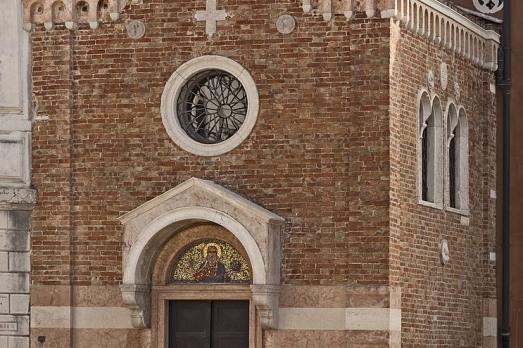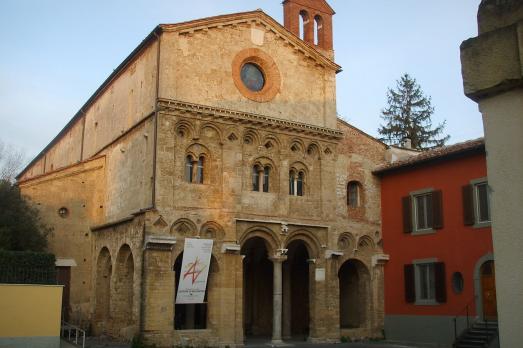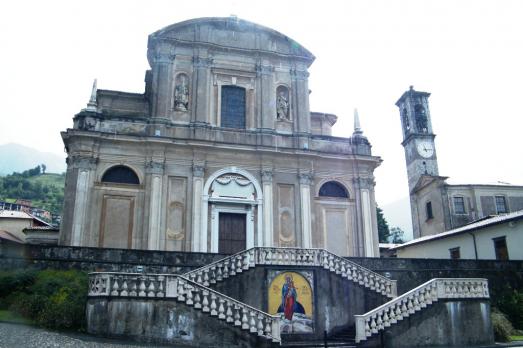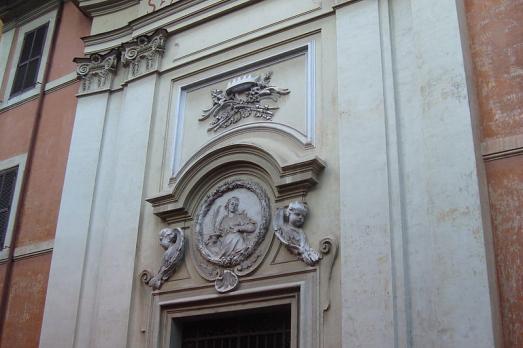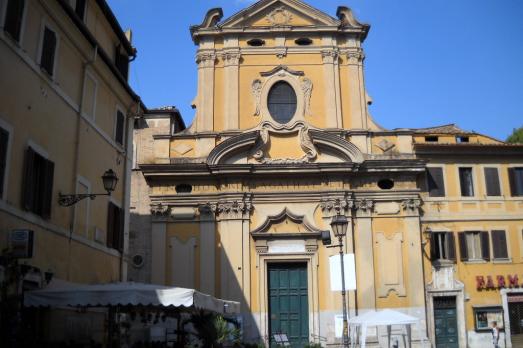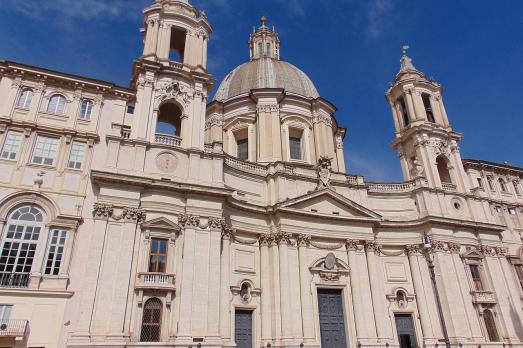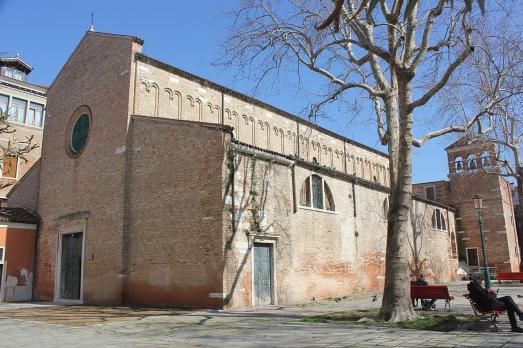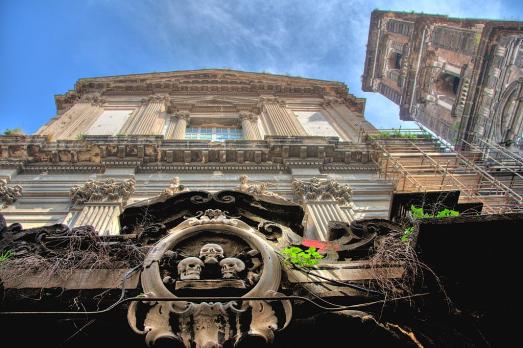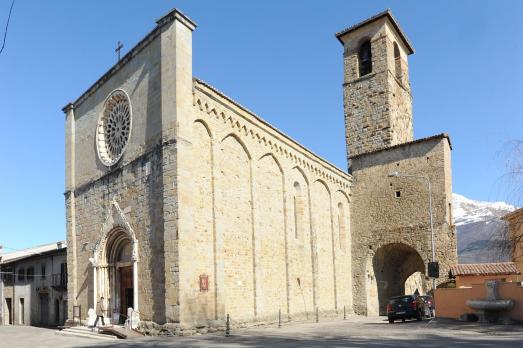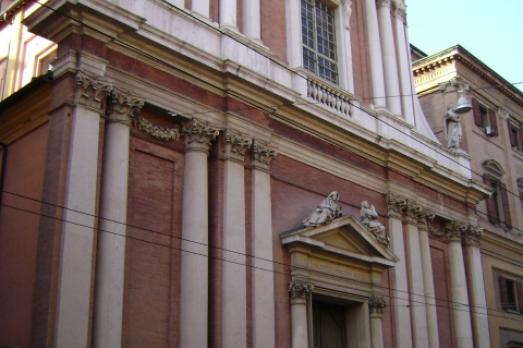
Chiesa di San Vincenzo
Modena, IT
The church of San Vincenzo is a baroque church built by the Theatine Order between 1634 and 1761 on top of an earlier 13th-century church. On 13 May 1944, a bomb destroyed the presbytery and the choir, destroying the apse and the frescoes of the dome (1671) by Sigismondo Caula. The high altar, restored after the bombing, was sculpted by Tommaso Loraghi.
